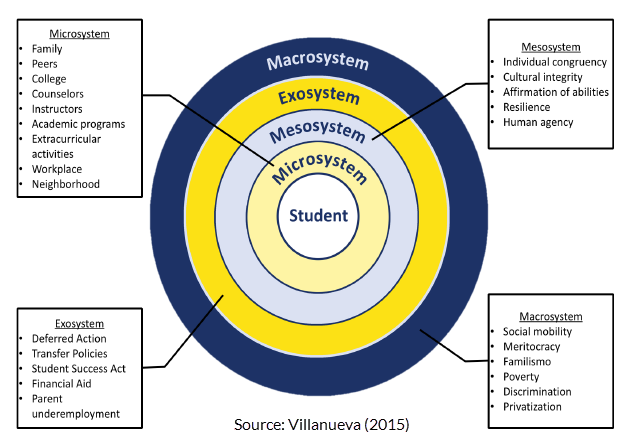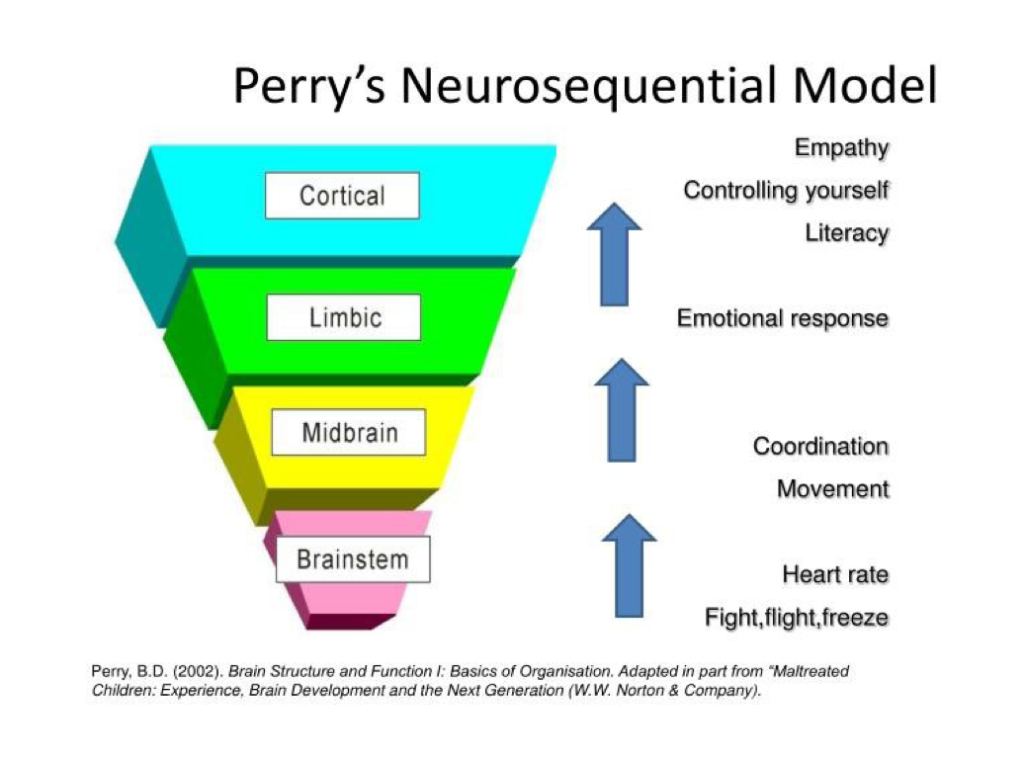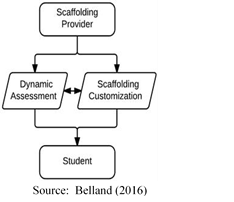Child Development Department: Walk the Talk


We, as a department, focus on strengths of our students and colleagues, who bring different worldviews, skill sets, and perspectives. We model strong collaboration to our students by “doing it”. As a diverse team of professionals, each with our unique teaching and research agenda, our work is highly ‘student centered’ that holds us at a common ground. The value of teamwork became more apparent during the pandemic. The main question that arose with the pandemic was “how do we support our students and each other while maintaining compassion and hope”?
While the pandemic forced social distancing, we worked harder to keep ourselves and our students connected with each other and us through monthly department socials over zoom, self-care activities organized by our RSO, Child Development Association (CDA), continually reaching out to our distressed students, and celebrating humanity during such difficult times. Human connectedness and safety are essential needs of our brain to be able to learn or engage our cortical system—a rather common sense knowledge, also proven by recent advancements in Neuroscience (Perry, 2002).
 We utilize evidence-based practices in working with our students while providing individualized scaffolding and promoting equity in access (i.e., supports tailored to the needs) (Vygotsky, 1930s). The pandemic left many of our students in a quagmire of challenges including, but not limited to, financial, mental and physical health, and familial. The coping differed based on the resources available to them. Our team continued to provide consistent support to our students—in keeping at least one constant in their lives during these unpredictable times. We also asked, “how can we build academic resilience among our students during the pandemic?” We acknowledge that our students have lives outside of the classroom and that, in addition to their individual agency, those external factors are likely to affect their academic performance (Bronfenbrenner, 1979).
We utilize evidence-based practices in working with our students while providing individualized scaffolding and promoting equity in access (i.e., supports tailored to the needs) (Vygotsky, 1930s). The pandemic left many of our students in a quagmire of challenges including, but not limited to, financial, mental and physical health, and familial. The coping differed based on the resources available to them. Our team continued to provide consistent support to our students—in keeping at least one constant in their lives during these unpredictable times. We also asked, “how can we build academic resilience among our students during the pandemic?” We acknowledge that our students have lives outside of the classroom and that, in addition to their individual agency, those external factors are likely to affect their academic performance (Bronfenbrenner, 1979).
 Human connectedness stands on the foundation of empathy and compassion. Some students need a listening ear with an acknowledgement of their challenges while others require supports that are tangible for their academic success. We continued to build resilience in our program through one-on-one advising; our team’s strong collaboration allowed us to support our students, validate each other’s work, and offer alternate points of view. We acknowledge that our work has increased manifold as we transition back to F2F instruction, but through the compassion and support for each other, we continue to “Walk the Talk.”
Human connectedness stands on the foundation of empathy and compassion. Some students need a listening ear with an acknowledgement of their challenges while others require supports that are tangible for their academic success. We continued to build resilience in our program through one-on-one advising; our team’s strong collaboration allowed us to support our students, validate each other’s work, and offer alternate points of view. We acknowledge that our work has increased manifold as we transition back to F2F instruction, but through the compassion and support for each other, we continue to “Walk the Talk.”
